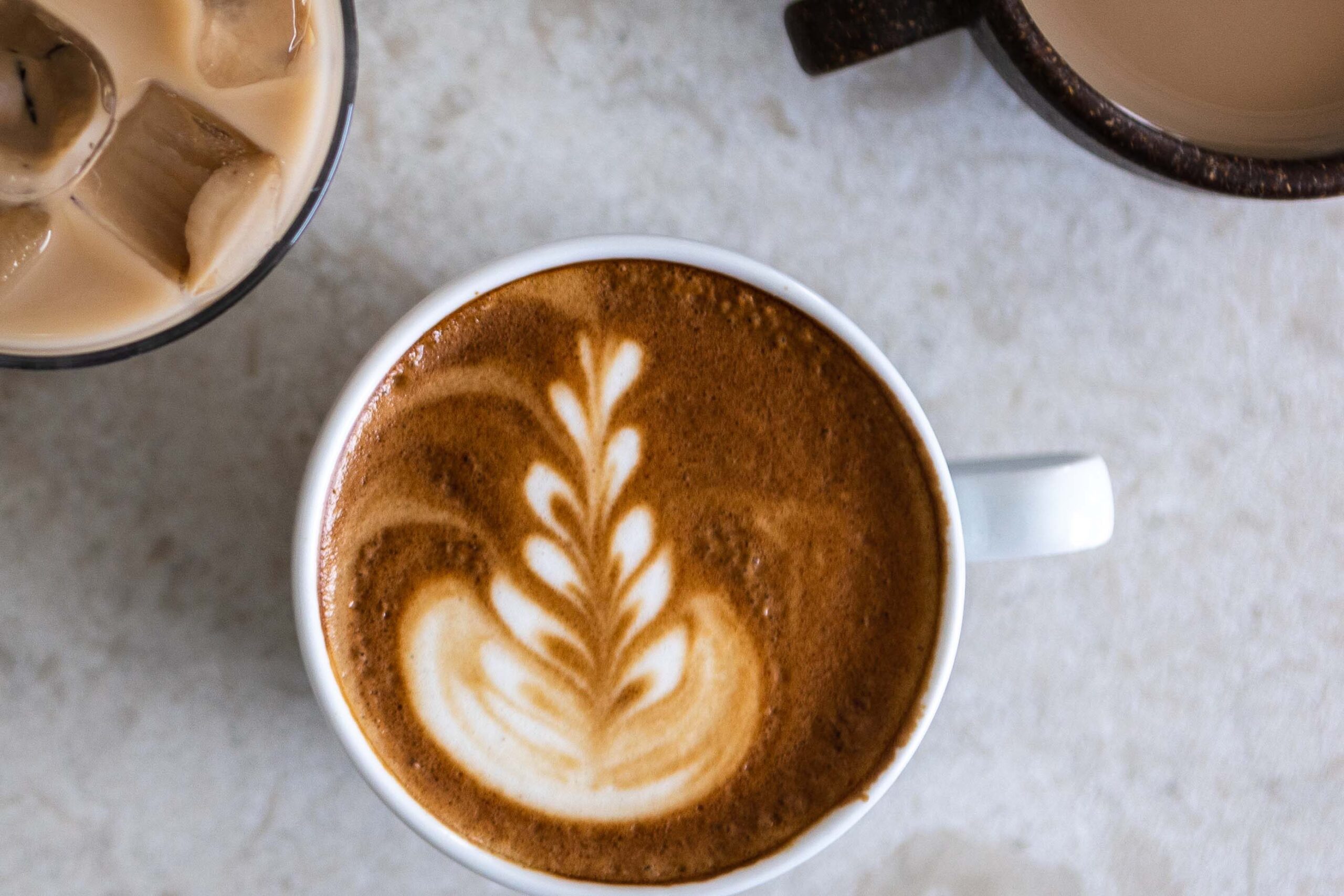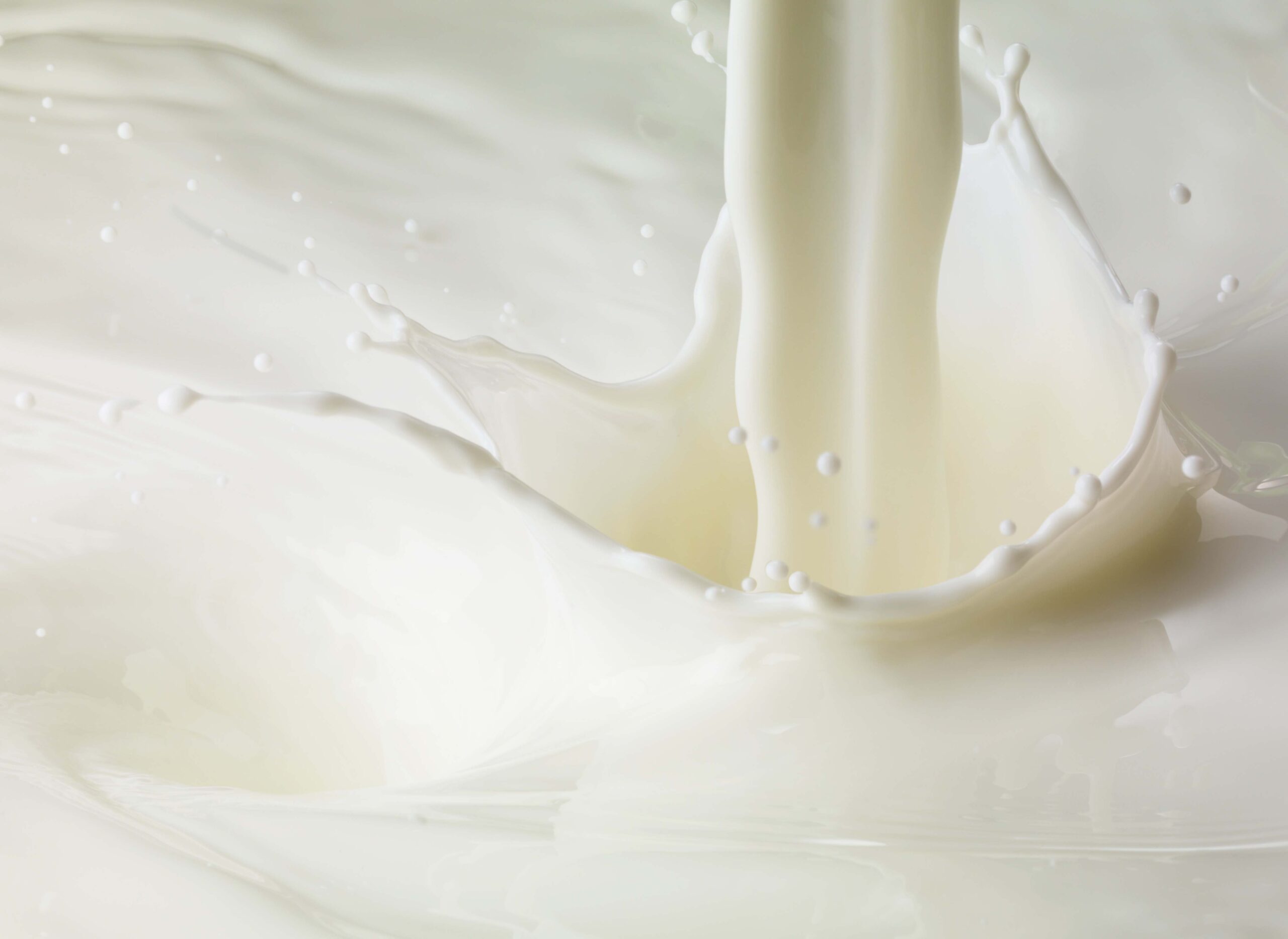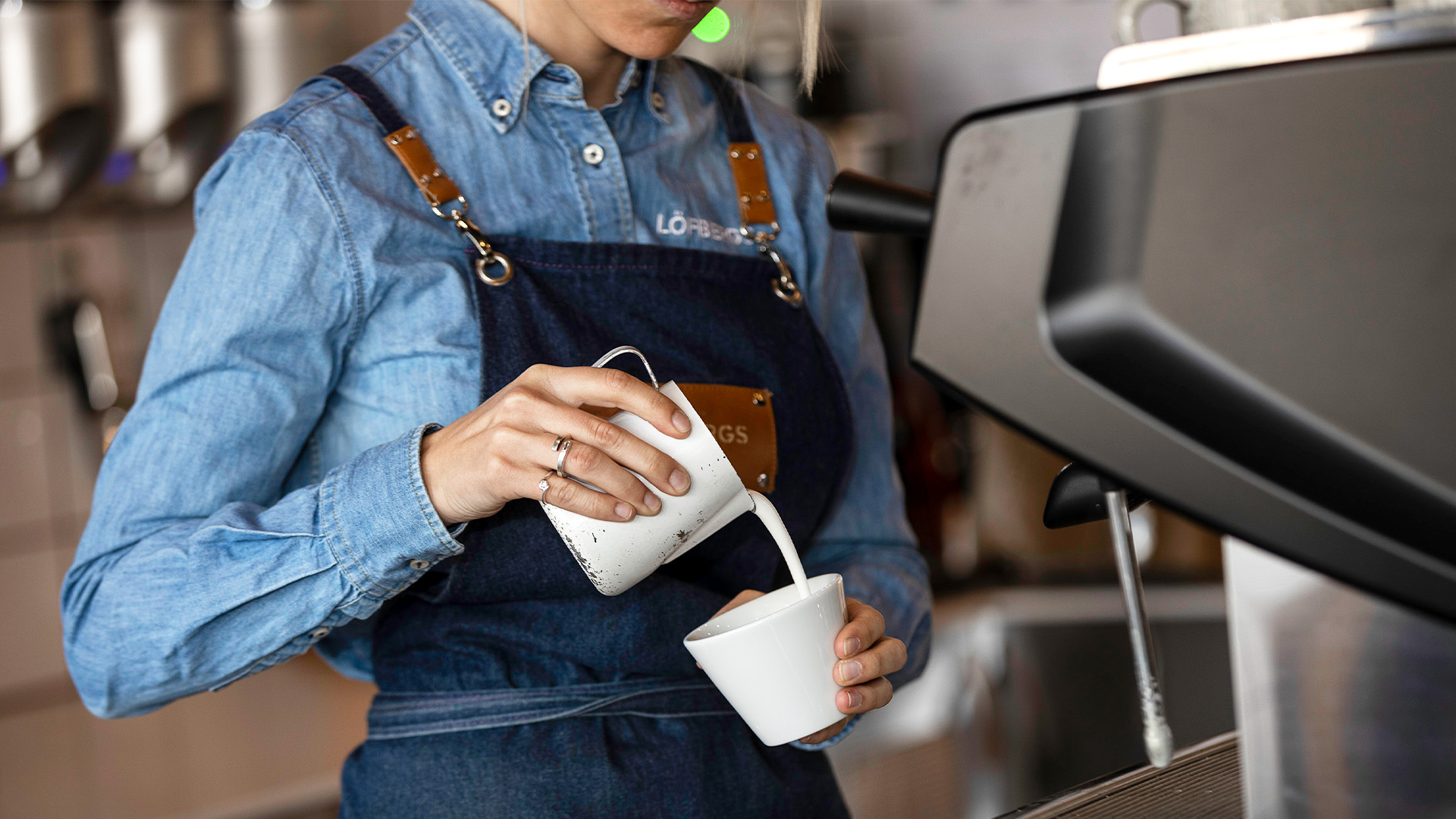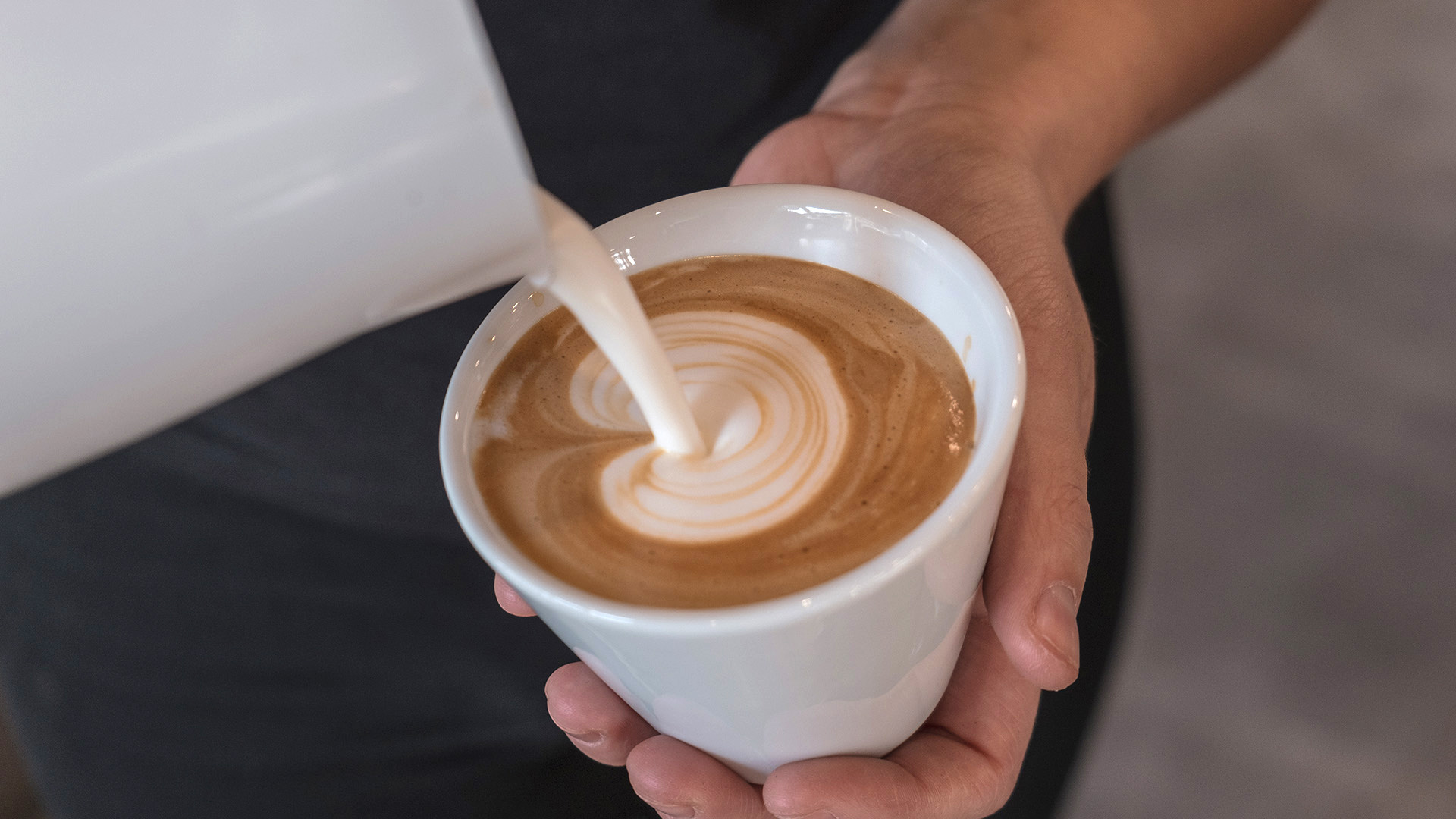
Top tips to help you make the perfekt latte art
So, you’ve read our latte art guide and you’re really getting into it…now what? Time to up your teknik of course!

1. Texture
Texture is everything. Your steamed milk should ideally look like melted ice cream or wet paint…but not taste like it obviously!

2. Milk
If you’re using a milk alternative, look for the word ‘barista’ on the pack. That means it’ll be specially formulated for foaming and complementing coffee.

3. Jug
A milk jug with a pronounced, defined spout will make it easier to pour your latte art.

4. Practice. Practice. Practice
Practice makes perfekt! It takes time to learn the subtleties of steaming and pouring technique. And if you don’t get it right first time, remember you still get to drink a delicious coffee.

5. Learn from the coffee community
Find help online. There are lots of brilliant coffee channels, videos and articles that could help you on your latte art journey.
Your latte art questions answered
Which milk or milk alternative should I use?
Your choice will not only influence how your coffee tastes. It will also affect how much foam you can create whilst steaming – and the texture of that foam.
If you’re using dairy milk, think about fat content (whole milk, semi-skimmed or skimmed). As a general rule, the higher the fat content, the richer, creamier and sweeter your coffee will taste. But it can be a little trickier to steam and produce less stable foam than lower fat content milk.
If you’re using a milk alternative, a ‘barista’ label on the pack will show you which ones are specially formulated for steaming and putting in coffee. When it comes to choosing oat, soy or almond etc, it really is just down to personal taste. Experiment with different ones to find out which work for you.
How do I get silky smooth steamed milk?
It may seem obvious but focus on steaming your milk first. This won’t just mean you’re ready when you want to create your masterpiece. It will also make your drink will taste better too.
Remember our top tip number one: texture is everything. Your steamed milk should ideally look like melted ice cream or wet paint. But what should you look out for to help you get there?
Don’t add too much air. You’ll end up with thick, foamy milk. But don’t add too little, or you’ll end up with no texture to work with. If it’s too hot, try using a less sweet milk next time. It’s a lot to keep in mind, but you’ll find the right balance with practice.
What’s the ideal temperature?
However you like your coffee, it’s a good idea to start with chilled milk or milk alternative. This gives you more steaming time to create that perfect silky, smooth texture.
How hot you want your final latte is down to you. But we’d recommend aiming to get your milk to about 60°c (+/- 5°c if you like your coffee a little warmer or cooler).
If your milk jug doesn’t have a thermometer, keep one hand on the base as you steam. As soon as it becomes too hot to hold, this is your cue to stop!